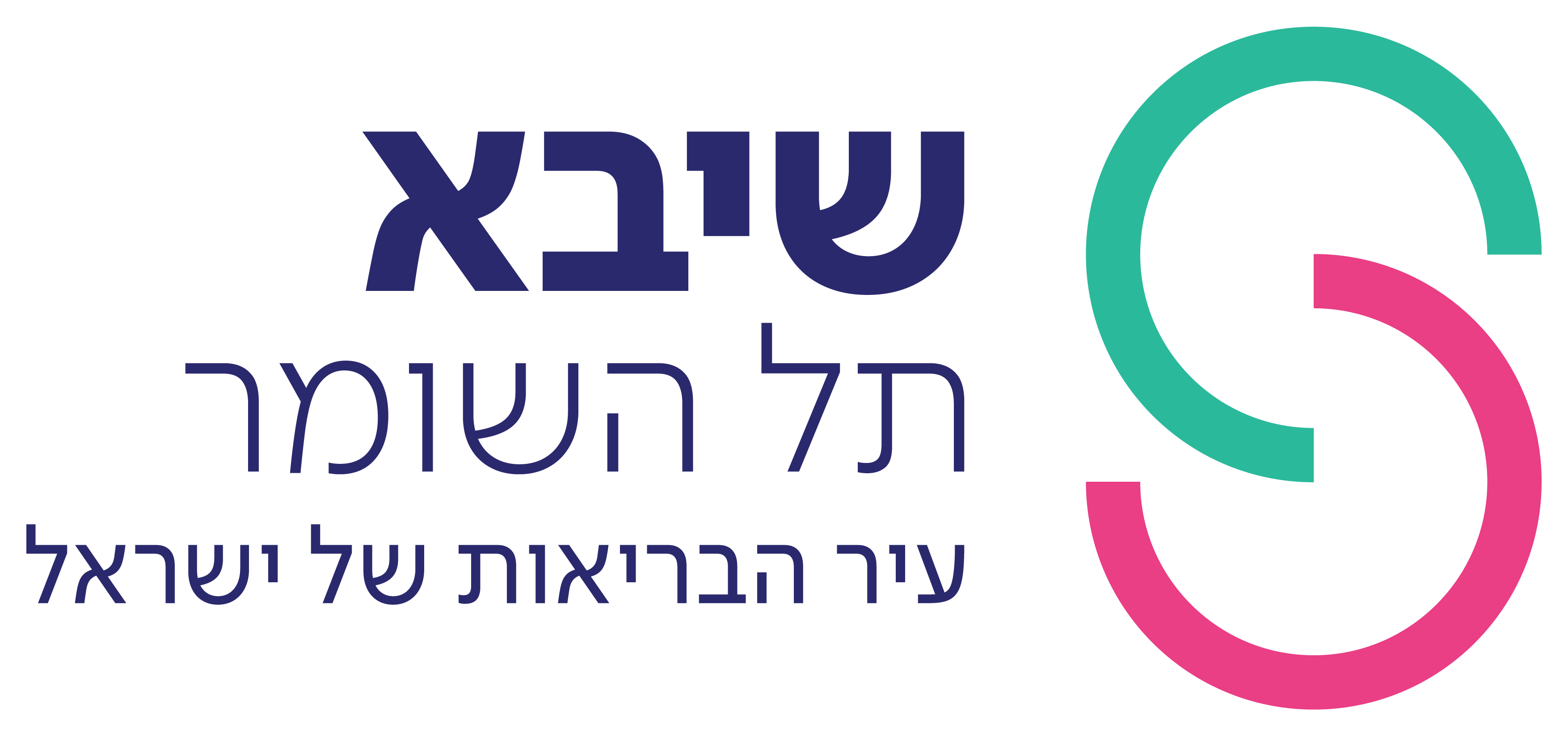יצירת מספר זהות דיגיטלי, אישי וקבוע למחבר/ת/ חוקר/ת
מספר זהות דיגיטלי, אישי וקבוע למחבר/ת או חוקר/ת משמש להגשת פרסומים לכתבי עת והצעות מחקר לקרנות ולהערכת תפוקות מחקר. הוא נועד למנוע טעויות בזיהוי חוקרים בעלי שמות שכיחים או בזיהוי פרסומים של חוקר המשתייך לכמה מוסדות או בעל מופעי שם שונים. בנוסף, הוא מסייע לזיהוי ואישור של הפרסומים האישיים בלבד, ומאפשר להשוות מאמרים שפורסמו באותה שנה באותו תחום (נפח תיק הפרסומים והשפעת הציטוטים של אדם לאורך זמן). כך כל מו"ל/ מאגר ישייך את השם לפרסומים הנכונים. כאשר נאספת רשימת הפרסומים נוצר קישור שניתן להעביר. ניתן ומומלץ להעביר או לקשר בין הכלים השונים, למשל:
ORCID iD, ResearcherID on Publons-Web of Science, Scopus Author Identifier, Google Scholar profile, Linkedin, ResearchGate, Academia.edu.
עדכון רשימת הפרסומים צריך להיעשות ידנית.
מומלץ ליצור מספר זהות דיגיטלי, אישי וקבוע ב-ORCID.
קישור ליצירת ORCID iD
קישורים להדרכות ל-ORCID
https://info.orcid.org/video-tutorials/
https://support.orcid.org/hc/en-us/articles/360006897454-Register-your-ORCID-iD
שימו לב:
- כדאי להוסיף את כל צורות השם הפרטי ושם המשפחה המוכרות.
- אם רשמתם מייל מוסדי ככתובת הראשית, אנו ממליצים להוסיף כתובת אישית לגיבוי.
- מומלץ לשפר את הרשומה עם המידע המקצועי האישי.
הבדלים בין כלים ליצירת מספר
|
ORCID iD |
ResearcherID on Publons - Web of Science |
Scopus Author Identifier |
Google Scholar Profile |
|
חינם, מכל מקום |
חיסרון: נדרש מינוי ל- WOS |
חיסרון: נדרש מינוי |
חינם, מכל מקום |
|
עדכון ידני |
|
|
Google Scholar counts automatically citations from pretty much anywhere |
|
|
Web of Science מתעדכן באיחור |
|
|
|
|
מידע לגבי מאמרים מצטטים |
מידע לגבי מאמרים מצוטטים |
|
|
|
|
Integrated with ORCID |
|
|
|
|
Hebrew – Special Effort to Add |
|
|
מוכר, מומלץ |
|
|
|
Step 1: Click the “My Profile” link
Step 2: Add publications
Step 3: Make your profile public
Bonus: Add co-authors
Add missing articles: You might have articles that Google Scholar didn’t automatically add to your profile. If so, you’ll need to add it manually.
Clean up your Google Scholar Profile data - Thanks to “auto add” functionality, your Profile might include some articles you didn’t author.
Google Scholar automatically updates your profile when it finds new publication it believes are yours.
You can keep a close eye on what articles are automatically added to your profile by signing up for alerts and manually removing any incorrect additions that appear.
Academic Social Networks
Are not repositories
Place to share and follow research of others
Place to enhance, expand and distribute your research
Web of Science ReasercherID = Publons
https://clarivate.libguides.com/webofscienceplatform/publons
To track, verify, and showcase their peer review and editorial contributions for academic journals
Author identifier – Web of Science ReasercherID
Recommended
ORCID ID (Open Researcher and Contributor Identifier)
.Connect your iD with your professional information — affiliations, grants, publications, peer review and more
Use your iD to share your information with other systems, ensuring you get recognition for all your contributions, saving you time and hassle, and reducing the risk of errors
Register, Register now!, Complete registration form, Register, Add institutional affiliations, Import information, Visibility settings
Note
Adding additional names you are known by helps identify you
If you added an institutional email as your primary address, we recommend adding a personal one as backup
Enhance your record with your professional information
See: https://support.orcid.org/hc/en-us/articles/360006897614-Visibility-settings
Promoting and sharing your research via other applications
You can link a range of other profile applications to the "Websites" option on your ORCID profile. Examples might include: Linkedin, ResearchGate, Academia.edu









